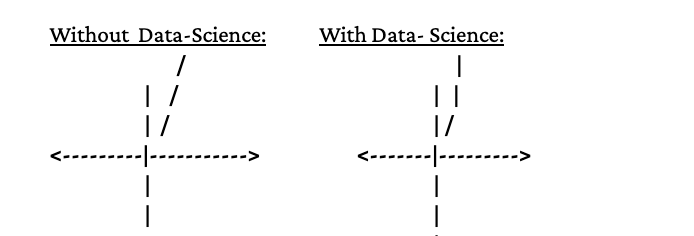1. How will opportunities at Purdue support your interests, both in and out of the classroom?* (250 words)
How can artificial intelligence aid in improving our understanding of the human brain? My primary interests lie at the confluence of data analysis, neuroscience, and AI. How does the brain form thoughts? Can technology simulate these neural paths to transcend its limitations of depending on pre-fed data to think autonomously, or even creatively? What would a machine with such capacity, as envisaged by Alan Turing, reveal to us about ourselves?
These pressing questions set me down a path of investigating better ways of training data. Run it again, and again, and again, until the machine learns. The inefficiency of such a process is further compounded by the inadequacy of current hardware capacity, which cannot sustain these processes ad infinitum. It’s clear, then, that the path to building truly creative machines—what are theorized as artificial general intelligence—necessitates simultaneous research on software and hardware. To train data to its maximum efficiency would only be possible with holistic approaches, which I aim to undertake at Purdue.
I’m inspired by Professor Bera’s research on affective computing to bridge machine learning and human feelings through emotional modeling. His work at IDEAS and Project Dost resonate with my fervent belief in AI’s capacity to aid mental and emotional well-being. The Haptic Interface Research Lab’s modus operandi, to guide the brain through both software and hardware, echoes the ethos of my Project Daskalos app. At CS 49000 - Human computer interactions, I’ll truly understand how to unify human and computational thinking.
2. Briefly discuss your reasons for pursuing the major you have selected.* (250 words)
With its infinite chaos, subjectivity is the philosopher’s domain. With its structured order, objectivity the logician’s. Pursuing logic has led me to data science, where the world’s complexities are distilled in datasets—staggeringly dense and intricate, sure—but with an internal structure waiting to be discerned.
Utkarsh’s Dictum No. 1: Life is complex. Data is simple. Life can be organized as data.
Utkarsh’s Dictum No. 2: Humans are built to be lazy. The less we work, the happier our brains are.
Data science satisfies this. Combining statistics for structural models, data analysis for decision-making, and visualization for communicability, data science makes immensity comprehensible, allowing for useful insights and enabling strategic interventions.
The objectivity at the heart of data science that makes “reality” governable is why people form intimate relationships with online models of Markov chains composed of zeros and ones. It’s why people trust randomly assigned pixels of 256, 256, 256, to pick a color better than a human who’s studied “art”. In this pursuit of objectivity lies the psychological drive to eliminate uncertainty while craving optimal utility.
I’m electrified at the prospect of AI and its propensity to redefine productivity. Currently conceived as output per worker, “productivity” could incorporate AI to increase individual and collective potential exponentially, not linearly. Data science increasingly appears to be the route to supercharge civilization’s progress. And I want to help navigate it.
(Literally did this in the essay lol)
3. Briefly discuss your reasons for pursuing the alternate major you have selected.*(250 words)
The elegant structure of language shows how alphabets, insignificant individually, unite to bind into spirals of endless meaning-making for eons to come.
What the alphabet is to language, statistics is to data science.
Foundational to analyzing, organizing, and applying raw data, statistics is the code underpinning the “black box” of machine learning models that govern digital lives. From recommendation algorithms on YouTube and facial recognition duck-face filters on Instagram to the control of global fiscal security, studying statistics would open up a world of digital infrastructure for my (re)making.
Statistics also offers the tools necessary for discovering the truth. With all the misinformation flooding the internet, from bar graphs with non linear scales, to the confuddling between correlation and causation, a foundation in statistics would help me parse through the chaff and separate what matters.
At Purdue, I aim at attaining native-level fluency in this quantitative language. With courses like “Statistics For Risk Modeling,” I’ll understand the limits to mapping and predicting uncertainty, as well as the fundamental algorithms used in supervised learning while “Statistical Theory” will provide me with a firm foundation for understanding the different schools of probability. Enriching the familiarity I gained with large language models through Princeton’s AI4ALL course, I’ll strive to statistically chart AI’s propensity for inculcated bias at the Computational Statistics and Machine Learning lab.
With statistics, I’ll relearn the alphabet all over again to unlock a new method of communication. With it, I’ll understand the “A’s, B’s, and C’s” of data.




